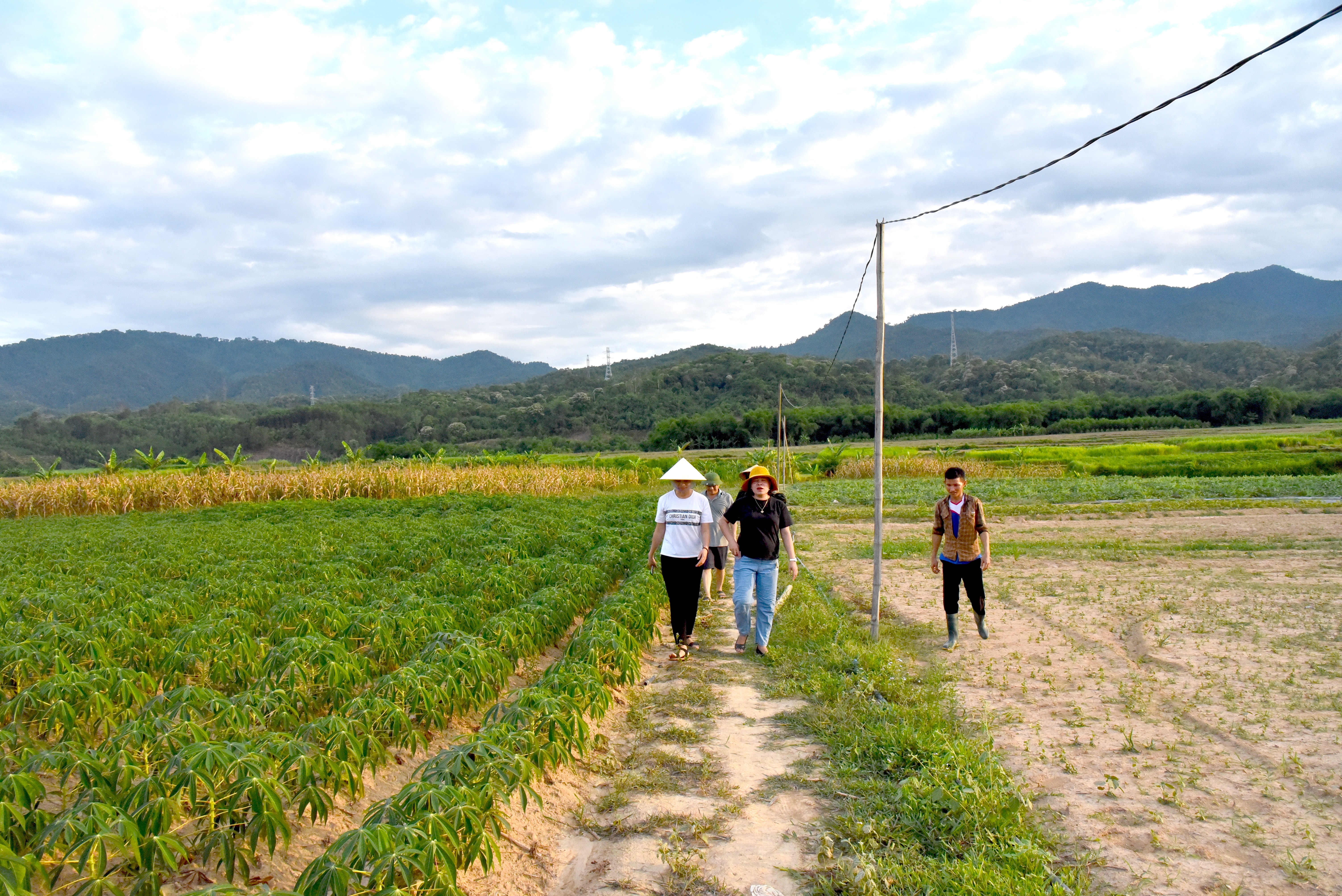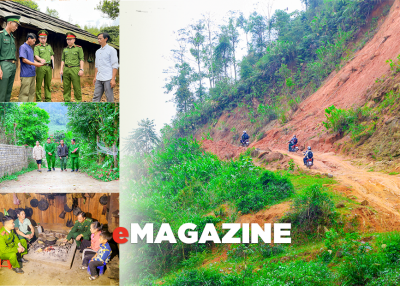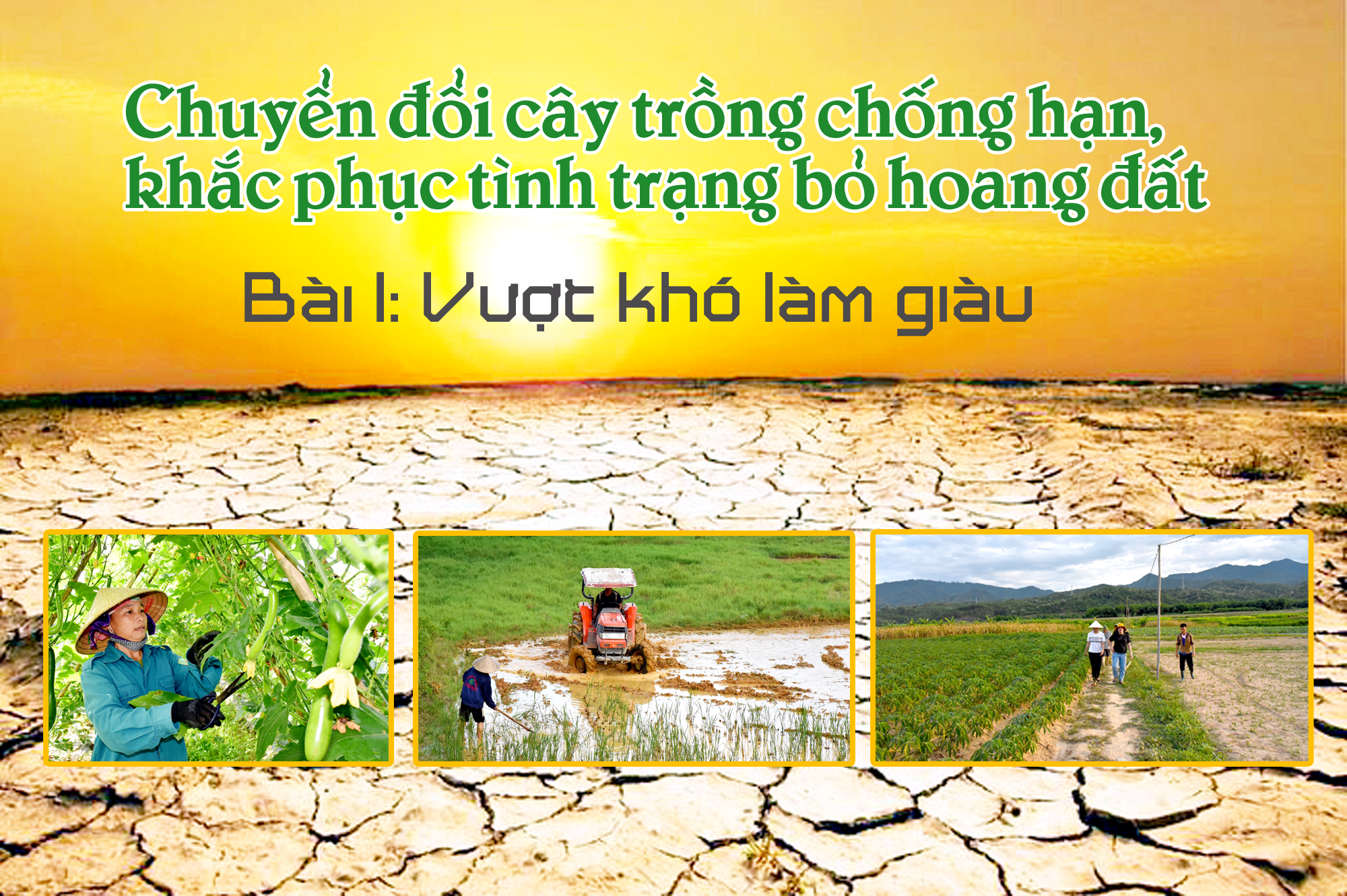
The weather in Nghe An in recent years has been increasingly hot, causing drought in production fields, especially rice fields. To maintain and increase income from agricultural production, many localities in Nghe An have sought ways to combat drought and change crop structure.
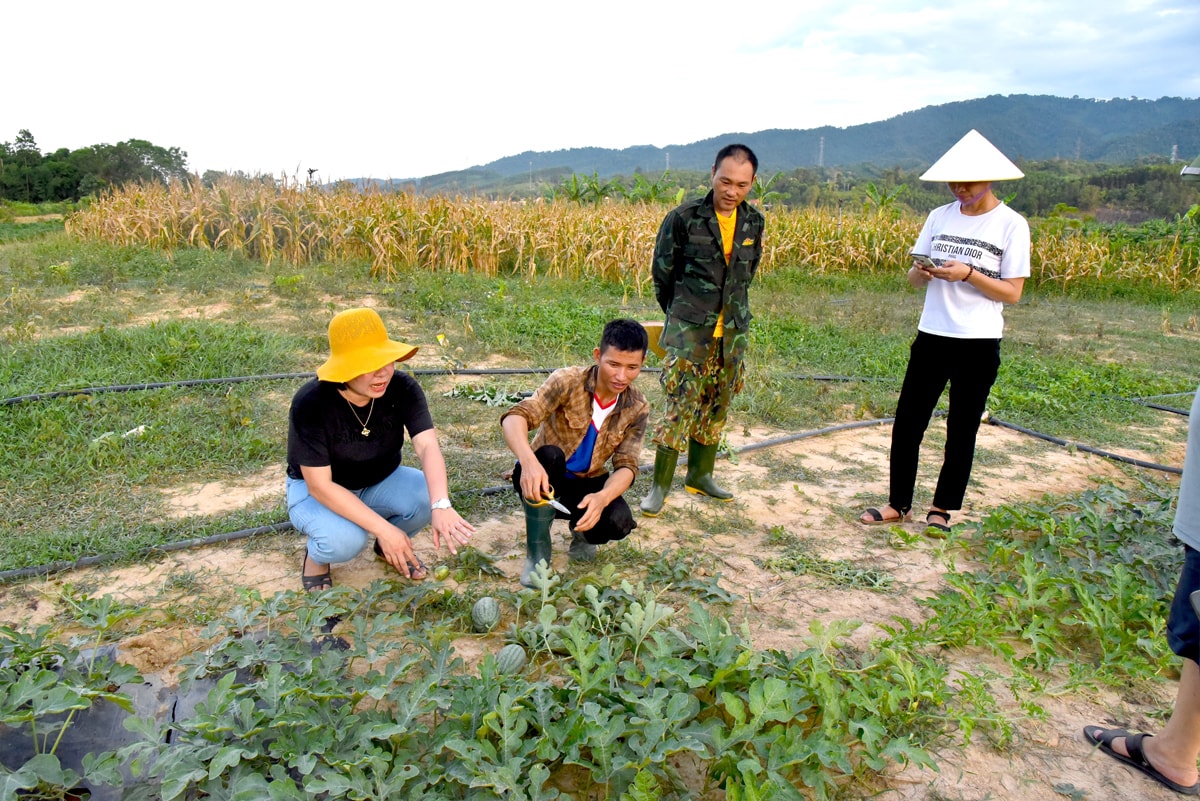

Brought from the northern provinces, the plant has been present in Tien Thanh commune (Yen Thanh) for nearly 40 years, but to become a truly valuable crop, a commodity, only since the people brought it to the fields, planted on rice fields. Especially, in recent years, when the locality identified it as a key crop, included in the resolution to develop commodity crops.
Switching from her family's 3 sao of rice land in the summer-autumn crop, which only yielded about 2 quintals/sao, Ms. Ho Thi Lieu, hamlet 6A, Tien Thanh commune, was also rented additional land by the commune to produce Artemisia vulgaris. "After deducting all expenses, growing rice can still make a profit of 50 kg/sao," she shared. As for Artemisia vulgaris, planting in mid-June and harvesting in early September, within 3 months, people earn from 2-2.5 quintals/sao. There is no cost for spraying herbicides, pesticides, or chemical fertilizers, with the selling price ranging from 40-50 thousand VND/kg, during the "crop-free" period, 1 kg costs up to 60-65 thousand VND. On average, more than 1 hectare of Artemisia vulgaris of her family is 4-5 times more effective than growing rice.
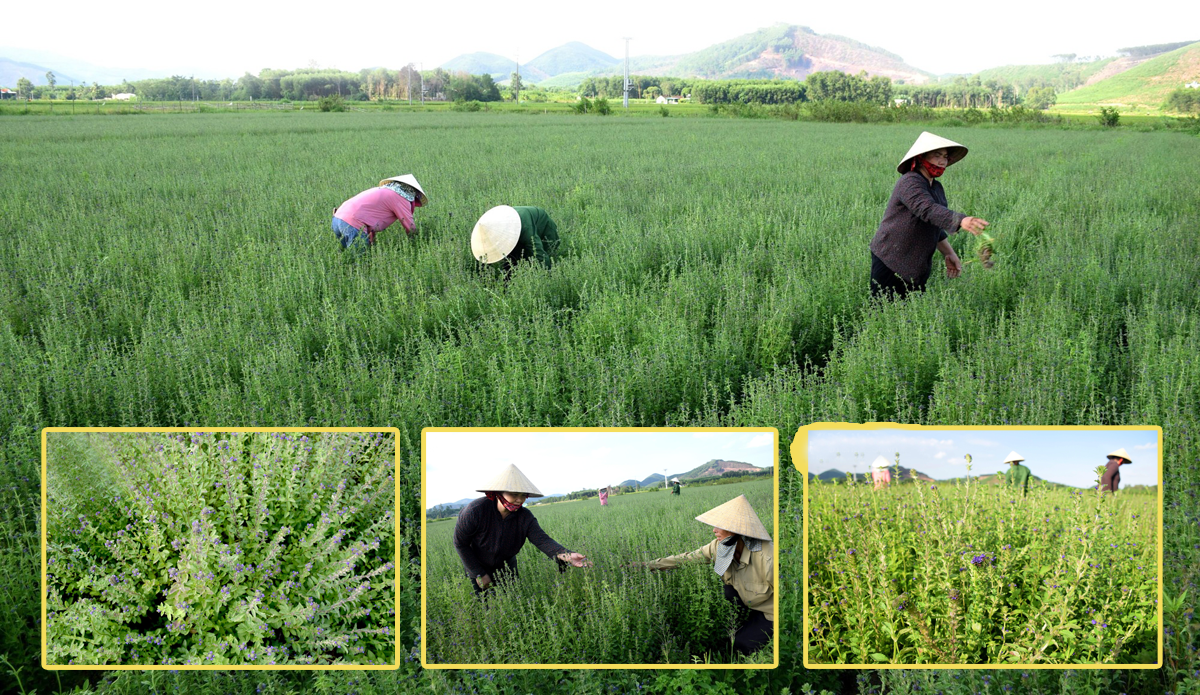
Mr. Ha Danh Tue, Vice Chairman of the Commune People's Committee, said: Previously, the plant was mainly grown in highland areas, specialized fields, and was completely dependent on nature. For the past 15 years, the plant has been very productive and valuable in rice fields thanks to proactive irrigation. "The first purpose of bringing the plant to the rice fields is to shift the crop structure to resist drought, replacing ineffective rice, because the plant does not require much water. Bringing high value, this is also a "salvation" to help end the waste of land when in recent years, people have increasingly abandoned the summer-autumn crop," said Mr. Ha Danh Tue. Tien Thanh commune has 260 hectares of double-rice land, the summer-autumn crop is often drought, the highest yield is 2.5 quintals/sao. Thanks to the conversion, up to now, the summer-autumn rice growing area is only about 200 hectares, the wormwood growing area is over 40 hectares, with a total output of 60-80 tons/year, wormwood in Tien Thanh has been recognized for production according to VietGAP standards.
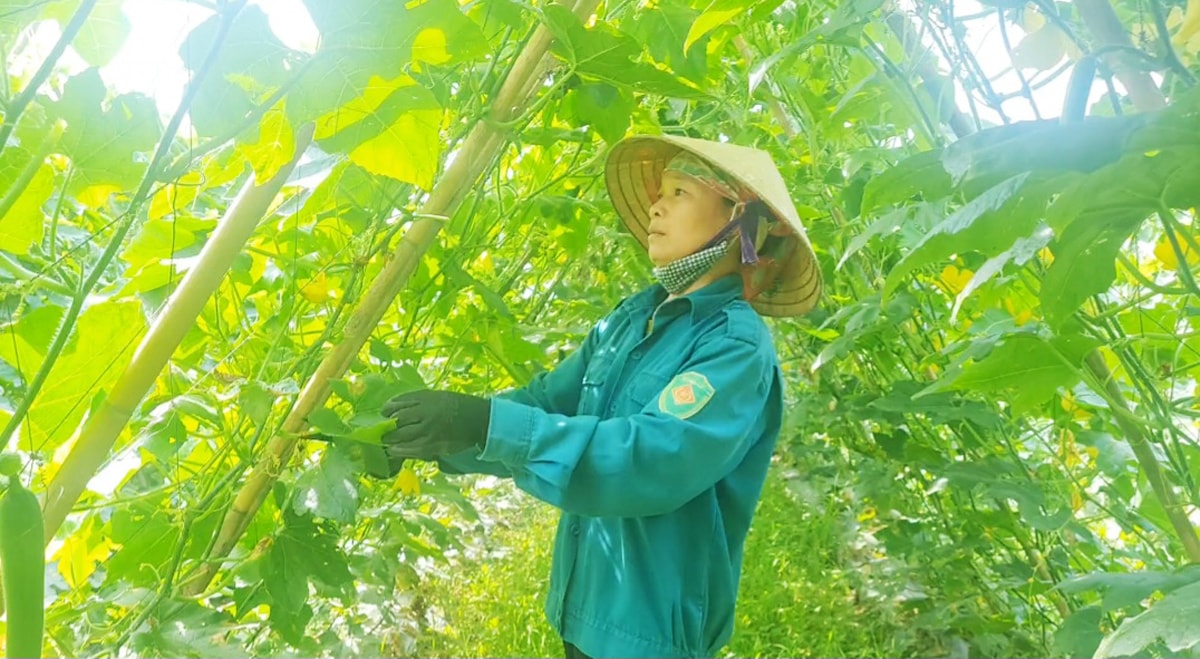
To help the plant become a commercial crop, in 2020, the co-operative group producing the plant was established with nearly 40 members, helping each other in production and consumption, creating conditions for households in difficulty to borrow capital for production. In particular, since 2022, when Hai Lam processing facility was established, it has purchased products for people, prices are also stable, without pressure from traders. Mr. Nguyen Sy Hai, the owner of the facility, said: With an investment capital of over 1 billion VND, the facility mainly produces tea bags, the product has been recognized as an OCOP product, consumed in many provinces and cities across the country. In the future, with the facility's investment plans and expansion of production scale, the problem of product consumption by people will improve.
In mid-June 2023, when the winter-spring rice crop was being started to be planted in all districts of Western Nghe An, people in the border commune of Tam Quang, Tuong Duong district also started to sow rice. However, with the prolonged dry weather since the beginning of the year, the winter-spring rice area in Tam Quang is being planned to be reduced by nearly 1/3 to switch to other crops. There is no natural water source here, water for agricultural production depends on the Nam Khun dam, but this dam is currently drying up and often leaks, so irrigation for the Bai So field is very difficult, people are taking advantage of the limited water source to sow rice. The whole commune has 100.67 hectares of rice, according to the Chairman of the People's Committee of Kha Thi Hien commune, due to the drought, summer-autumn production had to be abandoned because it was no longer in time for the season. Tam Quang is expected to close the entire winter-spring crop area, but if there is still no rain, at best, only about 75 hectares can be planted. In recent years, people have started to switch to growing other crops and fruit trees such as corn, peanuts, melons, etc. due to the effects of drought in ineffective rice fields.
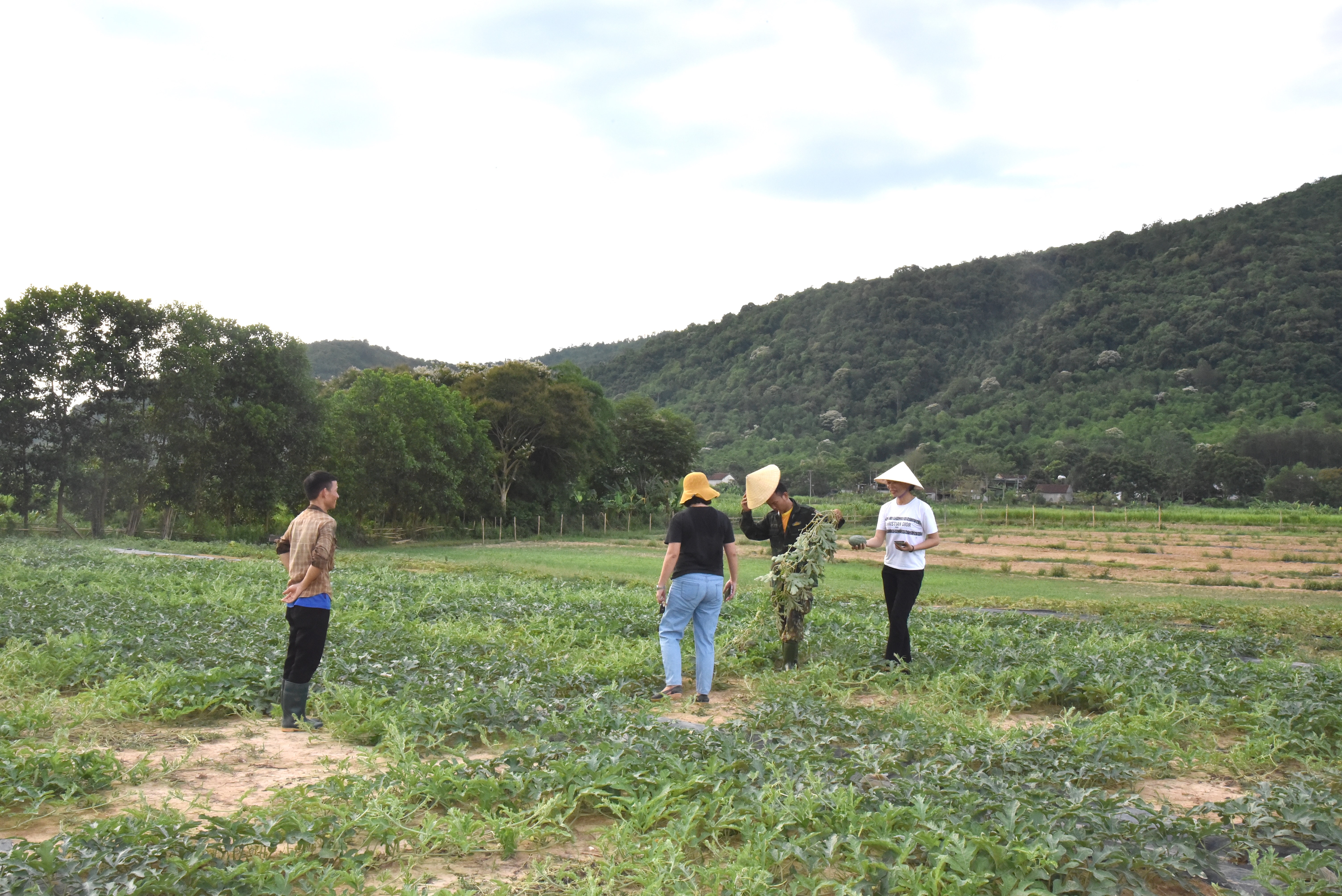
In the rice fields that had been abandoned for many years due to drought, Mr. Tran Van Do's family (Bai So village) is harvesting off-season corn. The corn flowers are golden yellow, with firm kernels, and high yield thanks to the proactive irrigation water source. Previously, on this land, even the main-season corn plants died in large numbers, resulting in crop failures due to lack of water. This year, Mr. Do invested in a water pipeline system from a stream near Nam Khun dam to plant nearly half a hectare of off-season corn, in addition to growing watermelon. "This rice field was abandoned, with overgrown bushes. The family has invested nearly ten million VND to rent a clearing machine, plow the land, pull the power line and buy water pipes to grow watermelon. The 2022 watermelon season will bring in an income of over 20 million VND, after deducting expenses, the profit is more than 10 million VND, more effective than growing rice" - Mr. Tran Van Do said.
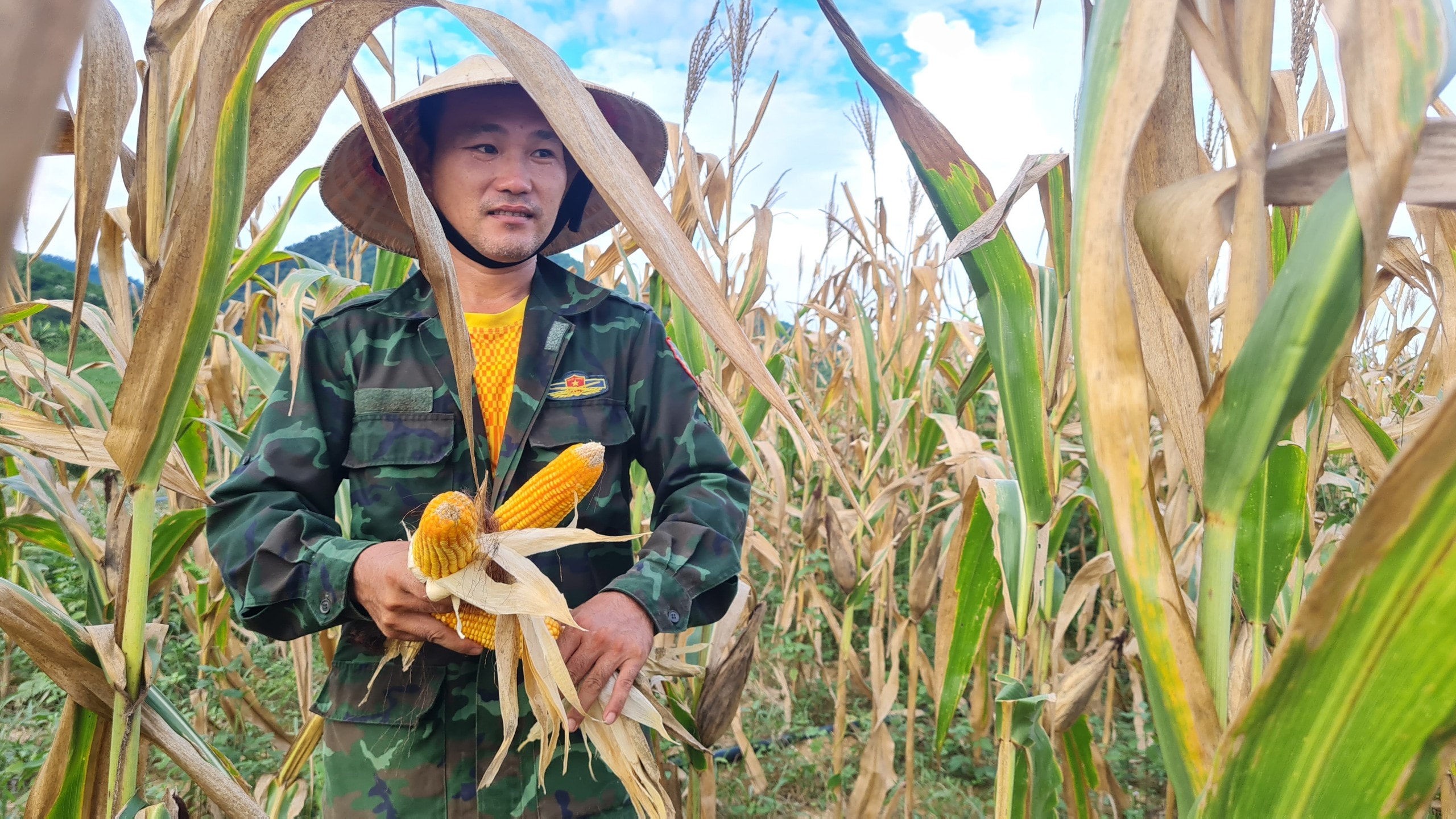
Seeing the effectiveness of crop restructuring in the arid area of Bai So village, in 2023, many households reclaimed this wasteland. By June 2023, nearly half of the wasteland was covered with melon and high-yield cassava plants. People also built shacks, pulled electricity lines, turning the wasteland into a bustling place during the harvest season.
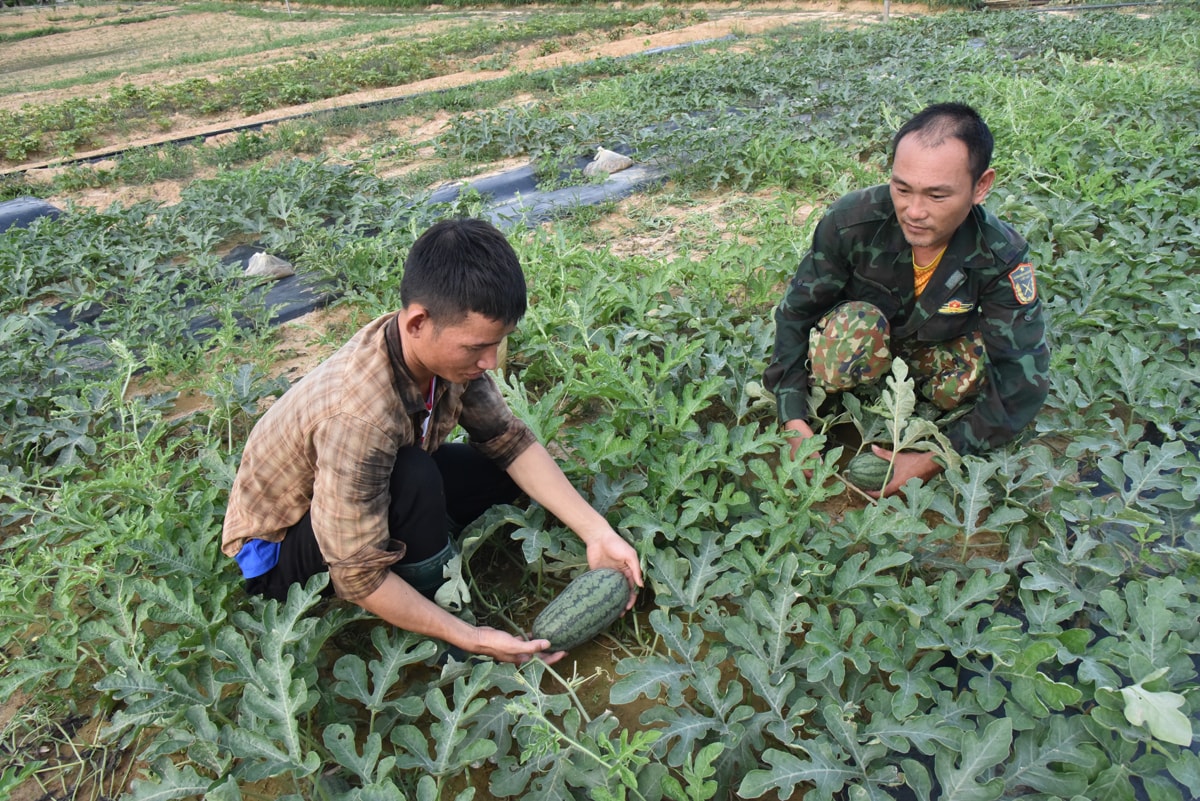
In Tuong Duong district, according to Mr. Lo Kham Kha - Head of the Department of Agriculture and Rural Development, in addition to Tam Quang, there are many communes that "fall" into hot and dry areas, causing poor rice growth. "In recent years, the district has focused on orienting people to switch to growing crops and medicinal plants to bring in higher income; many areas of rice and corn have been converted to growing short-term fruit trees, drought-resistant plants such as cassava, melons, beans and medicinal plants such as purple khôi. This year alone, Tuong Duong registered to convert 250 hectares of rice to other crops" - Mr. Lo Kham Kha said.

In the hot noon of the last days of May, when most of the rice fields in Thang Loi hamlet, Thanh Khai commune, Thanh Chuong have bare stubble, the 5ha pumpkin field is still lush green, the pumpkin plants are bearing fruit. While diligently pruning the leaves and tops, Ms. Nguyen Thi Mai said that she was hired by the field owner to take care of the pumpkins for a salary of 200,000 VND/day. "Previously, this land was dry due to lack of water, rice cultivation was not effective, so people were not interested in rice. Rice cultivation was low-yielding, but switching to pumpkin cultivation brought in billions of dong in income" - Mr. Nguyen Van Hoa, Chairman of the Farmers' Association of Thanh Khai commune said. Specifically, according to garden owner Le Thi Thuy, each hectare of pumpkin brings in an average income of 300 million VND/year. With 5ha, 2 pumpkin crops per year also bring in an income of about 1.5 billion VND. After deducting investment costs, hiring workers for fertilization and harvesting, she earns more than 1 billion VND/year, many times higher than growing rice.
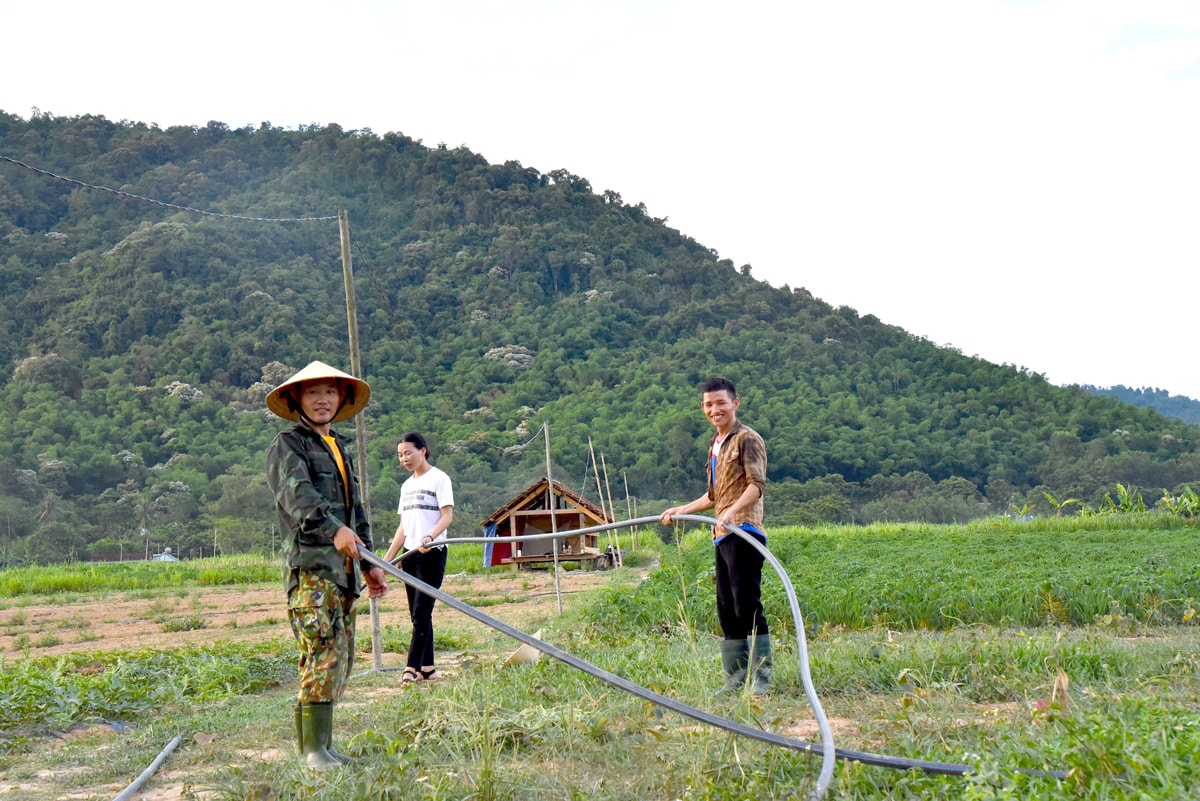
In addition to converting from rice and cassava to squash, some other localities in Thanh Chuong have also diversified the conversion methods to suit the reality. Mr. Nguyen Xuan Anh - Department of Agriculture and Rural Development of Thanh Chuong district said that thanks to the good implementation of crop structure conversion, the value of products has been increased and brought higher economic efficiency. For example, converting from corn-growing land to squash and garlic for a higher value of 52-72 million VND/ha/crop, or from rice-growing land to lotus-growing land for a net profit of 34.7 million VND/ha, 16.3 million VND/ha higher than rice-growing land...
Conversion of crop and season structure is a matter of concern to the State and has many incentive mechanisms and policies, bringing about clear results in production adaptation to climate change, droughts, and floods in recent years. Mr. Phung Thanh Vinh, Director of the Department of Agriculture and Rural Development, said: This is an important basis for the agricultural sector to orient and direct the conversion of rice land. "Technical advances and science and technology are increasingly developed and applied in production, creating favorable conditions for farmers in the production and cultivation process. Thanks to that, in difficult conditions of land and water resources, conversion models still achieve significant results, bringing high value, income and production value," Mr. Phung Thanh Vinh affirmed.
